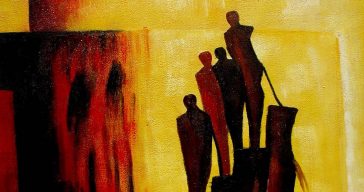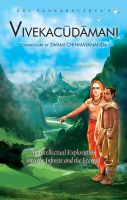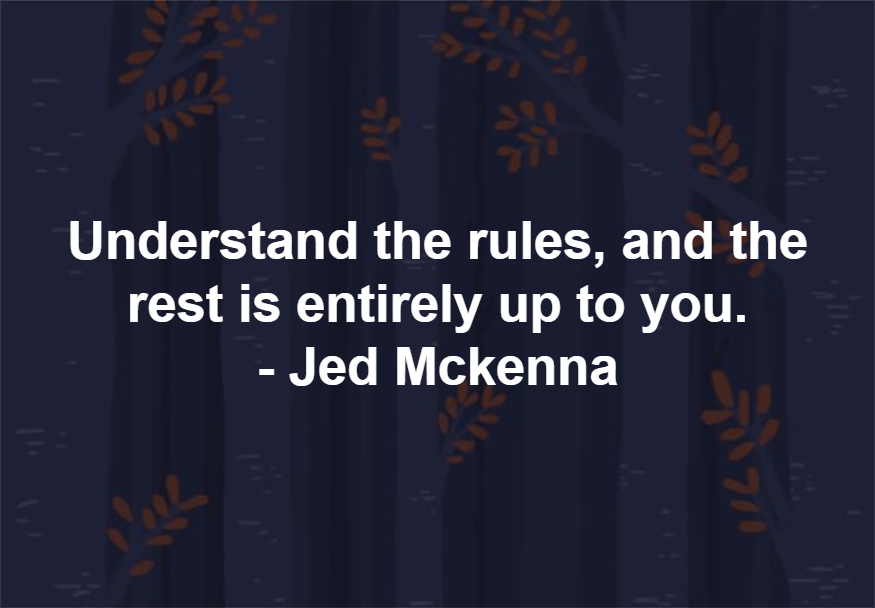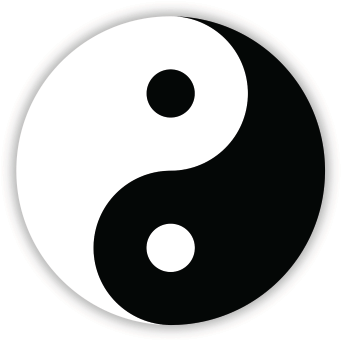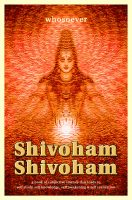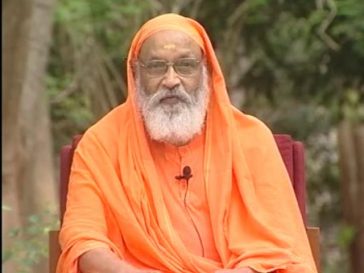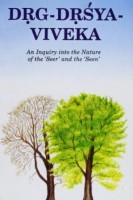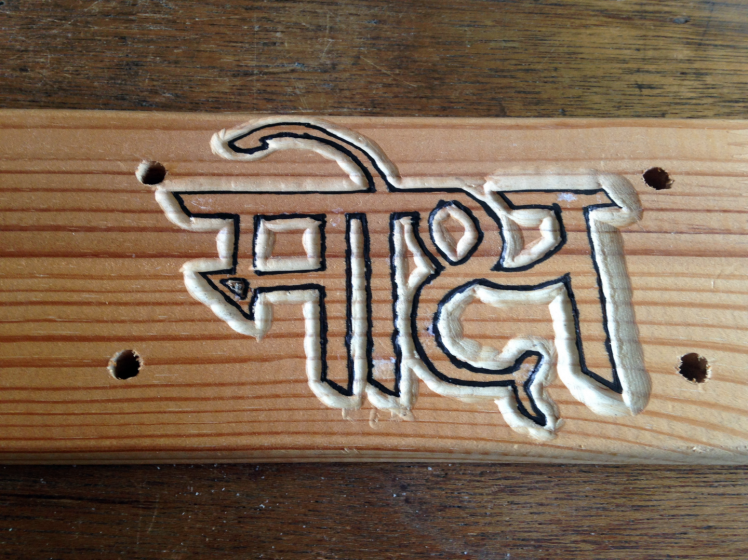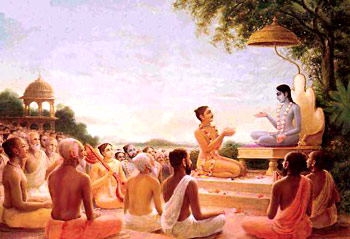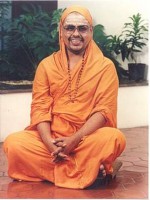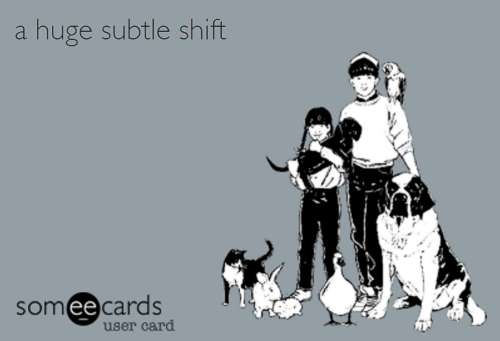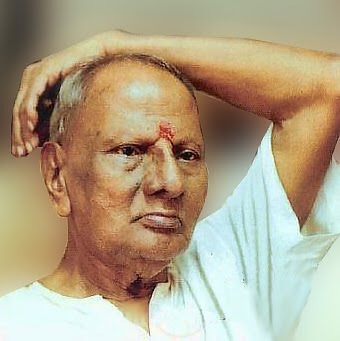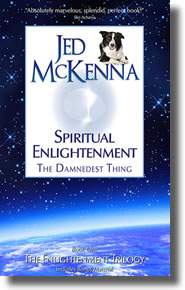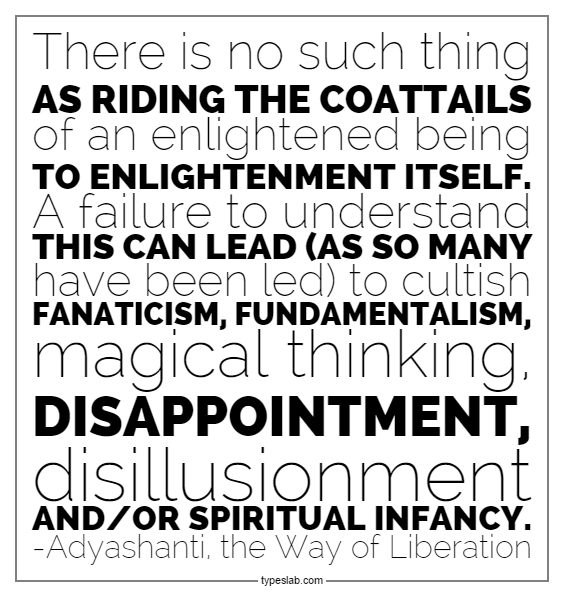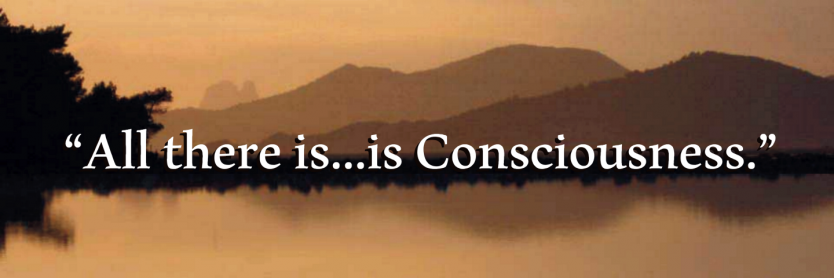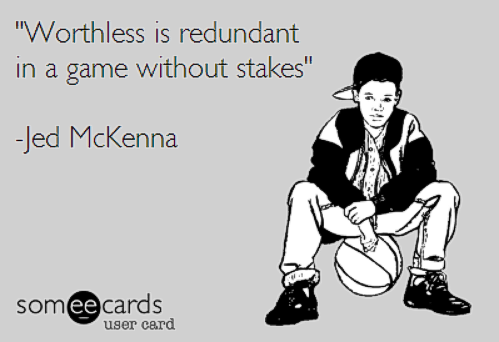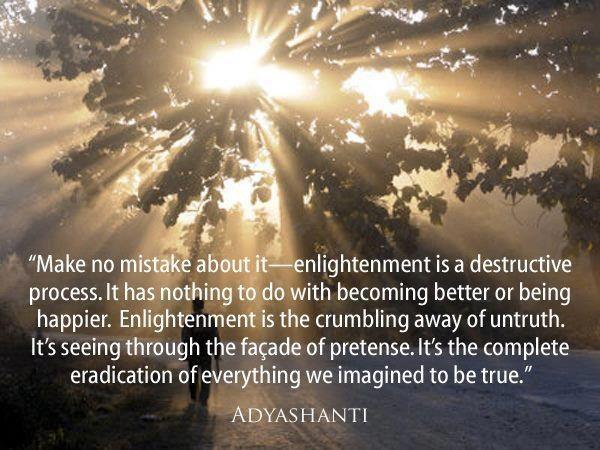The Advaita Vedanta focuses on the following basic concepts: Brahman, atman, vidya (knowledge), avidya (ignorance), maya, karma and moksha.
(1) Brahman is the Ultimate, Supreme Reality. Brahman is eternal. Brahman is beyond words. It is beyond names and forms. Brahman can not be perceived nor could it be described by words. It is beyond senses and intellect. It is indefinable. However, if at all it has to be described; Brahman can be considered as Pure Consciousness.
In Vedanta philosophy, the svaroop of Brahman is referred to as Sachchidananda. Brahman is Sachchidananda i.e. Sat–Chitta–Ananda (Pure Existence-Pure Consciousness-Pure Bliss). Brahman is eternal, immutable, inexpressible and unthinkable pure-existence, but it is not the cause or the creator of the universe.
(2) Atman is the inmost Self or Spirit of man but different from the ‘empirical ego’. Atman is the fundamental, ultimate, eternal, immutable pure consciousness. Thus, it appears that Brahman is the ultimate reality behind all world-objects and Atman is pure spirit in all beings. Truly speaking, both Brahman and Atman are not different realities. They are identical. For practical purposes, they are referred to separately, which they are not. They are the eternal, all-pervading realities underlying all existence. They are two different ‘labels’ for one and the same reality behind all the objects, all matter, all beings of the universe.
(3) Maya is the unique power (shakti) of Brahman. Maya is trigunatmika; it has three gunas or attributes. But Shuddha Brahman is nirguna and is free from attributes. Shuddha Nirguna Brahman alone is the Supreme Reality. When Nirguna Brahman comes to acquiesce Maya and acknowledges the gunas of maya, it is known as Saguna Brahman. Saguna Brahman is God, the creator, sustainer and destroyer of the world. Saguna Brahman is Ishvara or a ‘personal god.’ Man worships gods in different forms and names.
(4) Brahman manifests itself in the world with the help of Maya. The world and the world objects come into existence due to the power of maya. Maya and its creation is termed illusory. It does not mean that the world is not real. Unreality and illusion are different. An illusion may not be an unreality for an illusion is grounded in reality. Reality is that which exists on its own. Maya is dependent on Brahman. Maya has created the world of appearances. So the world is illusion. But this does not mean at all that the world is non-existent. The Advaita Vedanta, with the help of the famous “rope–snake” illustration, maintains that ‘it is neither ultimately real, nor wholly unreal, illusory and non existent.’
(5) Avidya (ignorance) has its seat in the human intellect. Avidya means not only absence of knowledge, but also erroneous knowledge. A man trapped in Avidya does not know what is real and thinks that the appearances are real. An individual identifies himself with empirical self. He equates his existence with the physical body. Under the influence of Maya and Avidya, he dissociates himself from the Ultimate Reality. When the man acquires knowledge, the duality of the self and Brahman disappears. He realizes that the self is really one with Brahman. This realization of the self puts an end to the ignorance (avidya).
(6) Moksha is freedom from bondage of ignorance. Man suffers in the grip of incessant desires and ignorance. Upon realization of the self, one becomes free from the shackles of desires, aspirations, passions, karma and avidya. This is Moksha (kaivalya) or liberation. Moksha is to be attained here and now during this life-span only.
(7) Knowledge and truth are of two kinds: the lower one and the higher one. The lower, conventional knowledge and truth is referred to as vyavavahrika satya. It is a product of the senses and the intellect. The higher one is referred to the paramarthika satya. It is absolute. It is beyond words, thoughts, perception or conception. It is in no way, related to the senses and the intellect. It is non-perceptual and non-conceptual. It is a product of sublime intuition and “divine vision”. The higher knowledge and truth brings about radical transformation in an individual so it is soteriological.
(8) Advaita Vedanta recognizes the six pramanas (sources and criteria of valid knowledge) on the basis of the Mimamsa school of Kumarila Bhatta. They are as follows: (1) Perception (pratyaksha) (2) Inference (anumana) (3) Testimony(shabda) (4) Comparison (upamana) (5) Postulation (arthapatti) (6) Non-cognition (anupalabdhi)
Source: Indian Philosophy Simplified
